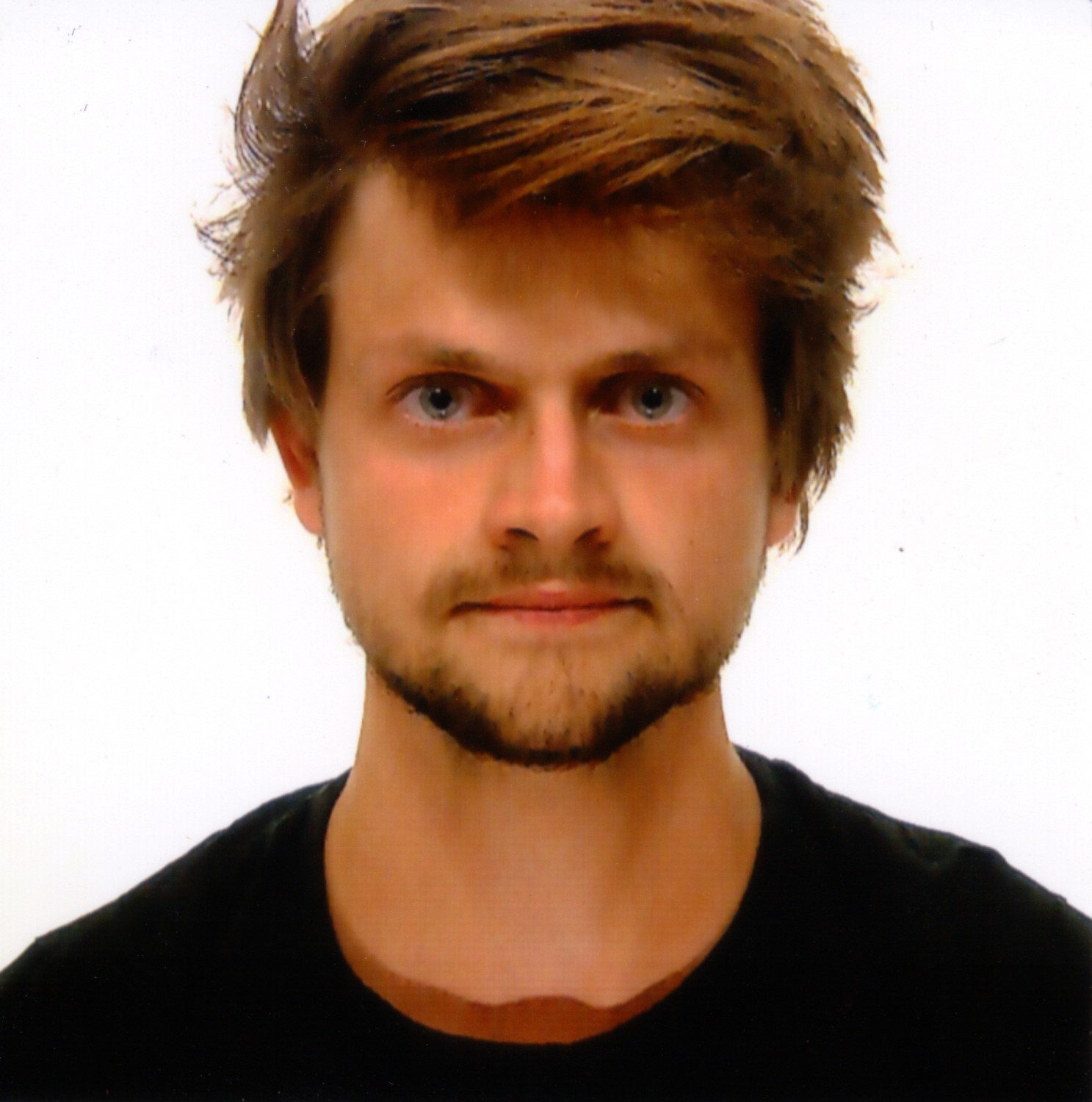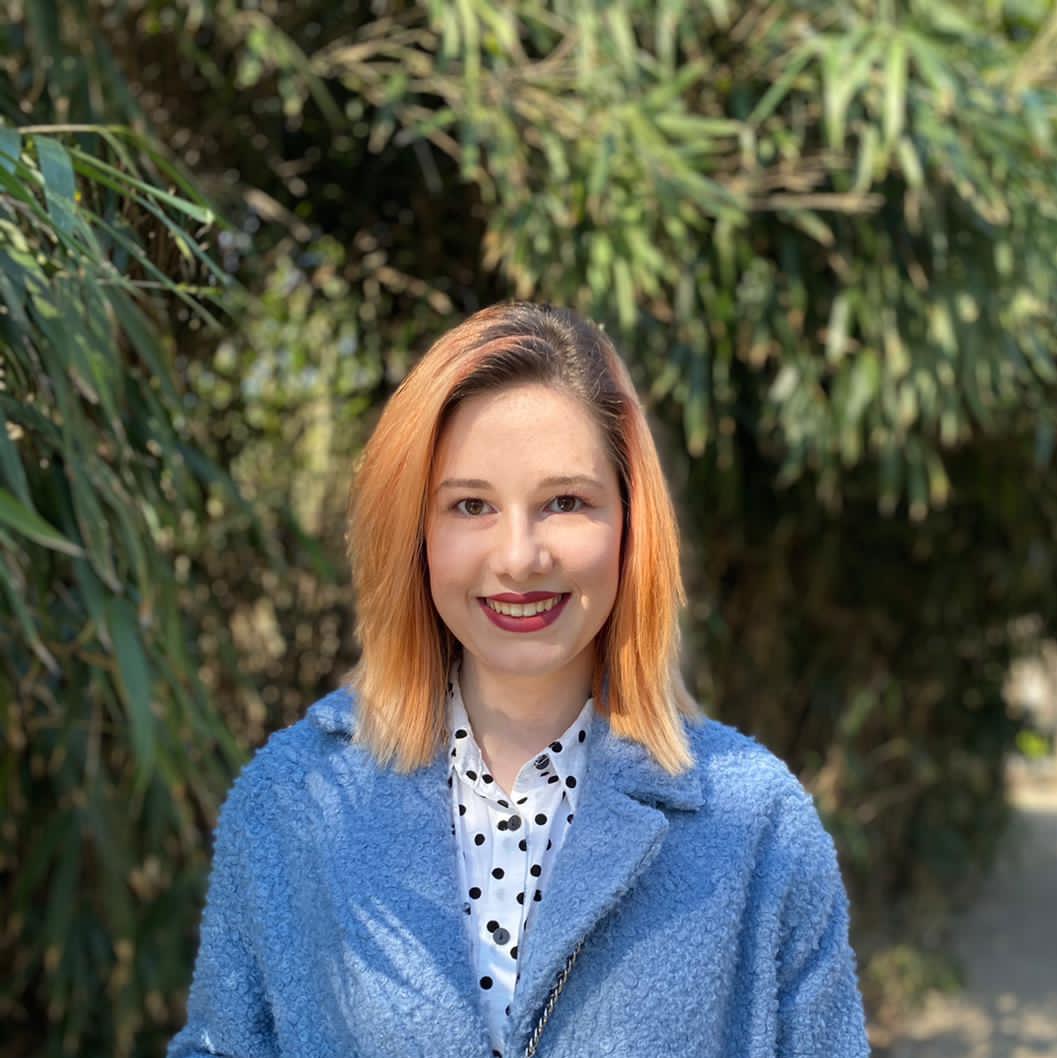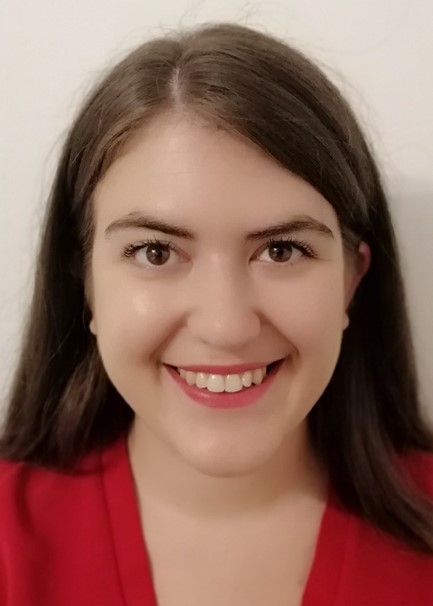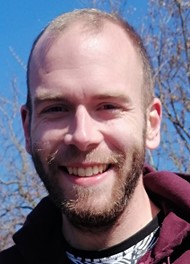Projects
Quantum Computing for Everyone
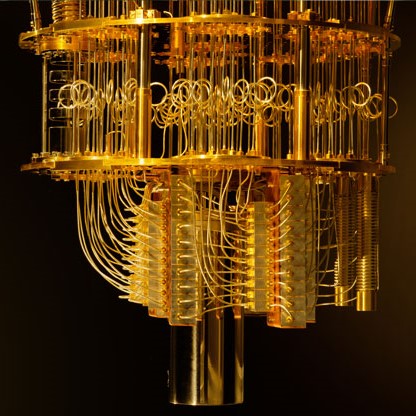 Imagine a very advanced alien civilization, observing the universe for the past million
years or so. Our tiny rock we call home is of little interest to them. After all, the
dominant life-form on this blue planet, some monkeys that recently started to wear
shoes, has not even entered into interstellar contact. Because of this, the alien scientists
are rather brief when it comes to us, and their three-word summary of humanity
on planet earth reads as follows: hunting - farming - factories. Now, I’d like to draw
your attention to the duration of these periods: it took about 50.000 years before
people got tired of running after their food. Then, it took us another 10.000 years of
farming until the industrial revolution 200 years ago changed the world once again,
more or less to the state it is in today. Even the aliens, unimpressed as they may be,
cannot deny that our progress is at least accelerating dramatically.
Imagine a very advanced alien civilization, observing the universe for the past million
years or so. Our tiny rock we call home is of little interest to them. After all, the
dominant life-form on this blue planet, some monkeys that recently started to wear
shoes, has not even entered into interstellar contact. Because of this, the alien scientists
are rather brief when it comes to us, and their three-word summary of humanity
on planet earth reads as follows: hunting - farming - factories. Now, I’d like to draw
your attention to the duration of these periods: it took about 50.000 years before
people got tired of running after their food. Then, it took us another 10.000 years of
farming until the industrial revolution 200 years ago changed the world once again,
more or less to the state it is in today. Even the aliens, unimpressed as they may be,
cannot deny that our progress is at least accelerating dramatically.
Why is this? Well, it is certainly not because humans today are inherently smarter or more skilled than their ancestors. For example, the ancient Greeks did absolutely brilliant mathematics, but at the same time, they also never managed to build a toaster. Clearly, being smart is necessary (we do need maths), but not sufficient (we also do like toasters). The true driving force behind our spectacular acceleration is information. In particular, our ability to transfer information over time and space has grown tremendously. Book printing and the internet are two major milestones in this regard. This means knowledge became available to more people, faster, which in turn meant that new ideas were generated faster, by more people, which then also got transferred faster, and so on. This self-amplifying process is what drives humankind’s ever faster progress.
This project is a testimony to that central point. Based on knowledge freely available on the internet, an intelligent teenager today is perfectly capable of understanding the maths, physics and computer science necessary to understand and use a quantum computer. If you stop and think about that for a moment, I hope you’ll realize that that is quite something indeed.
Concretely, the end goal of this project is twofold. First, we will work towards a fairly deep understanding of what computation really is, because we need that to see how, why and where quantum computation could make a fundamental difference. Second, we will learn how to write code for such quantum computers in general, and in particular, we’ll even try to do some machine learning, making such quantum computers learn patterns in data. In order to do so, we’ll have a look at 17th century maths (basic calculus and algebra), 20th century physics (quantum mechanics) and lastly, 21st century computer science (artificial intelligence). Such an effort of collecting, sharing, using, and improving knowledge constitutes the core of what we call science. Not even 15 years ago, this project would have been borderline impossible, today all you need is a curious mind, an internet connection and (perhaps) some minor guidance, all of which are in ample supply at S3.
Elia Van Wolputte
KU Leuven, Belgium
Elia is a PhD student at the University of Leuven in Belgium, where his research is about Machine Learning. Before, he studied AI at KU Leuven and Physics at Ghent University. His spare time is filled with culture, but mostly music. A lot of music. In fact: put him near any audio playing device, and he’ll start to DJ as soon as possible. He also enjoys film, art, literature and an occasional friendly game of basketball.
Evolution of molecules from computer's point of view
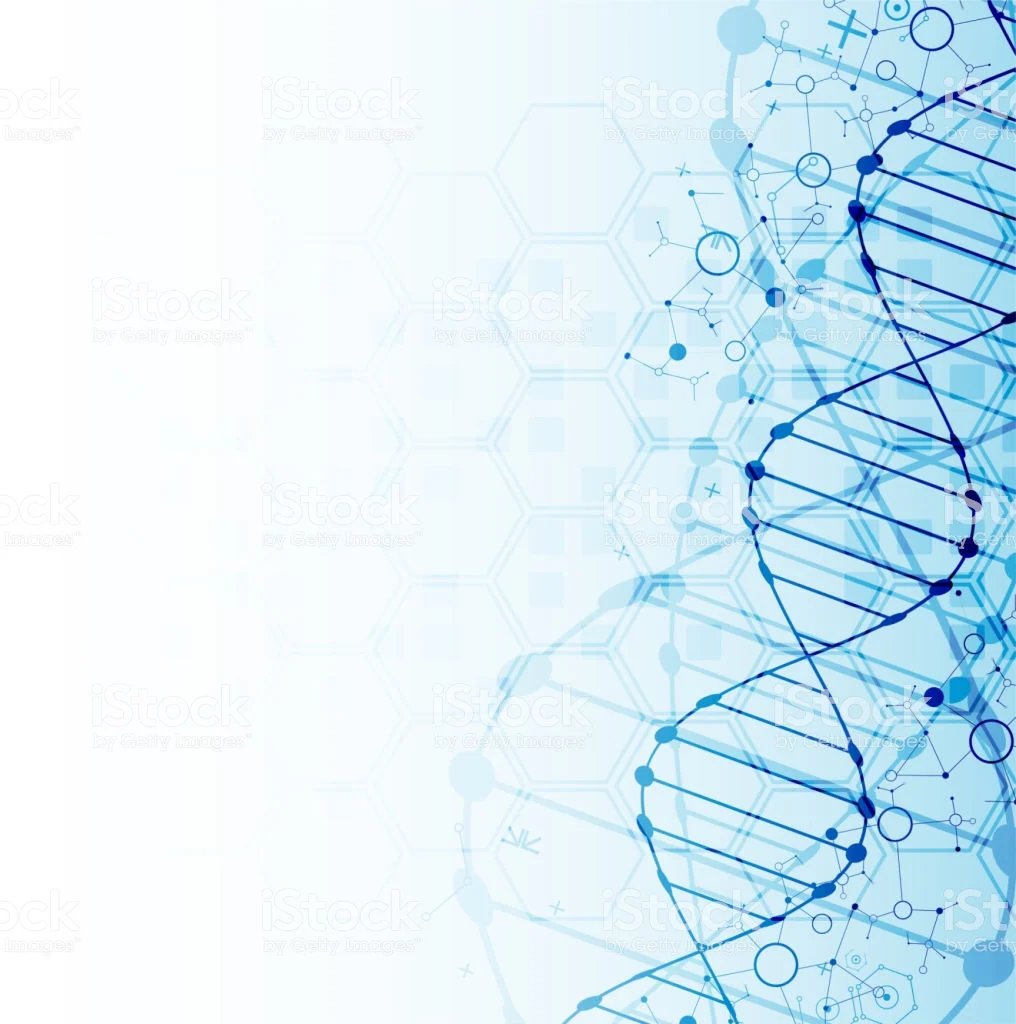 It is well-known that all living organisms are made of small cells, but nonetheless, they contain a big amount of information. There are many different approaches we can use to explore these little structures, from microscopic observation to the most sensitive molecular analyses. Although there is no life without cells, altered cells can also lead to cancer. What is happening with these cells at the molecular level and how evolution and bioinformatics help in decryption hidden by the nucleotide transcript? We most often encounter evolutionary questions in the light of processes that have lasted for millions of years, but we are also surrounded by those that, compared to the duration of the human lifespan, are extremely short, such as the evolution of bacteria or, in this case, DNA sequence.
It is well-known that all living organisms are made of small cells, but nonetheless, they contain a big amount of information. There are many different approaches we can use to explore these little structures, from microscopic observation to the most sensitive molecular analyses. Although there is no life without cells, altered cells can also lead to cancer. What is happening with these cells at the molecular level and how evolution and bioinformatics help in decryption hidden by the nucleotide transcript? We most often encounter evolutionary questions in the light of processes that have lasted for millions of years, but we are also surrounded by those that, compared to the duration of the human lifespan, are extremely short, such as the evolution of bacteria or, in this case, DNA sequence.
In this project, we will zoom in on the field of research and even get to molecular evolution. We will see how the process of evolution flows on this scale and how it can be useful in cancer research. As for the most experimental research, we will need a laboratory, but this time it will be in your computer. Now that we have armed ourselves with good internet connection we can open the door of the virtual laboratory. Working on this project you will try yourself in the role of a molecular and evolution biologist. You will conduct your virtual experiment and process the obtained data using different bioinformatic tools.
On this journey, we will embark from the laboratory where we will learn what the work with cell culture looks like, what it takes to isolate DNA from cells and what it requires to be done in order to get a multiplied material which we can later experimentally manipulate. After that, we will become acquainted with the process which allows us to read DNA sequence and with the importance of the information that is written in our DNA. You will have the opportunity to analyze various sequences in silico, build up dendrograms and later use them to provide answers regarding the evolution processes in the cell.
Dunja Pavlović
University of Belgrade, Serbia
Dunja is Biology student at University of Belgrade. Currently she loves to read about cell differentiation and developmental genetics and her dream is to dedicate many years of her life to that field of biology. When you give Dunja an opportunity to do something she never did - she will accept it as a new way to upgrade herself. That is the reason why she is helping with few researchers such as one focused on beavers and one focused on diversity of different plant groups. Dunja is also the Head of Biology programme in Petnica Science Center - that means she is having a lot of fun doing experiments with high school students.
Marija Nedeljković
University of Belgrade, Serbia
Marija Nedeljković is Molecular biology and physiology student at University of Belgrade. She is specially interested in microbiology, primarily for the molecular aspect of that. Currently, she is doing project at Institute for Biochemistry and Molecular Biology and of course, bacteria play a big role in them. Besides that, she is engaged as a Junior assistant in Petnica Science Center and The Centre for Promotion of Science as Science demonstrator. Spending time at these institutions allows her to be creative and constantly surrounded by curious and motivated children and students.
Design like a mechanical engineer
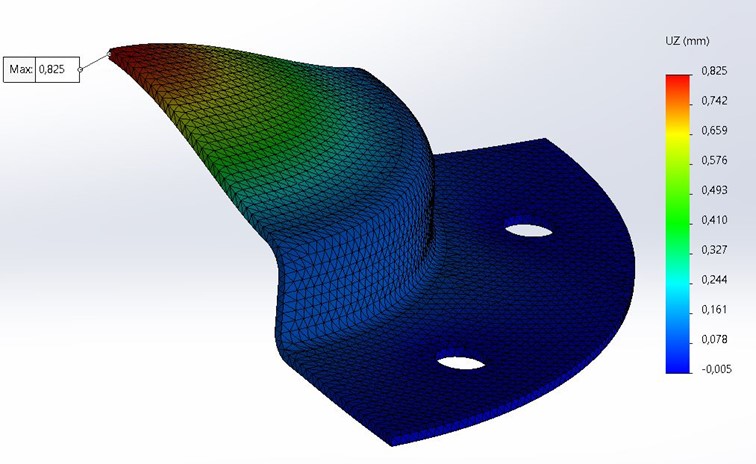 Have you ever wondered how the machines around you function? Have you ever wondered how these machines were designed? What is a machine in the first place? It’s no surprise that companies are trying to come up with unique products and solutions. According to tendency and statistics, we use our devices and machines less and less before eventually replacing it with a new and innovative model. And as the life expectancy of our machines decrease, so must the designing process accelerate.
Have you ever wondered how the machines around you function? Have you ever wondered how these machines were designed? What is a machine in the first place? It’s no surprise that companies are trying to come up with unique products and solutions. According to tendency and statistics, we use our devices and machines less and less before eventually replacing it with a new and innovative model. And as the life expectancy of our machines decrease, so must the designing process accelerate.
In this project, we will design a machine and use an advanced software to create a 3D model. In order to test the limits of your new product and check for potentially dangerous sections, we will use Finite Element Analysis to make your machine operate safely. The main goal of every design process however is to produce an accurate drawing, based upon which your design can be called to life – as such, we will strive for the same.
Dávid Palcsó
Budapest University of Technology and Economics, Hungary
Dávid is a student of the Budapest University of Technology and Economics. He studies machine engineering, specialized in machine design, with a strong interest towards agriculture. Music plays a great role in his everyday life. He also likes swimming, diving, sailing and anything associated with water and the ocean.
Designing a better drug: crystal structure investigation
 Pharmaceutical drugs help to alleviate troublesome conditions and to improve the quality of life for billions of people around the world. However, the path from the drawn structure of the active molecule to the usable drug form is as complex as one could imagine. Many obstacles have to be resolved before producing a safe and effective medicine. One of the greatest is the properties of the active pharmaceutical ingredient (API): it has to be chemically stable over a long period of time, have sufficient solubility in bodily fluids and have adequate physical properties for manufacturing of final dosage forms on the large scale.
Pharmaceutical drugs help to alleviate troublesome conditions and to improve the quality of life for billions of people around the world. However, the path from the drawn structure of the active molecule to the usable drug form is as complex as one could imagine. Many obstacles have to be resolved before producing a safe and effective medicine. One of the greatest is the properties of the active pharmaceutical ingredient (API): it has to be chemically stable over a long period of time, have sufficient solubility in bodily fluids and have adequate physical properties for manufacturing of final dosage forms on the large scale.
All of the aforementioned properties are a direct consequence of the crystal structure of the APIs. By modifying the crystal structure, i.e. by introducing a helper species, one can design material of the same or better pharmaceutical value, albeit with superior physical and chemical properties. Examples of these include single-drug crystals like ibuprofen L-lysinate, ertugliflozin/5-oxoproline, or multi-drug crystals like tramadol/celecoxib, valsartan/sacubitril etc.
However, that modification is easier said than done! Finding the optimal helper species is far from a routine job: one has to execute a screening experiment, or in other words try thousands of experimental conditions and helper species to maybe find a single hit. Consequently, these efforts would benefit greatly from an in silico pre-screening candidate selection and feasibility study.
In this project, you will design and test an algorithm for determining the best combinations of APIs and helper species, based on crystal structure data kindly provided by the CCDC Crystal Structure Database. You will learn about intermolecular interactions and their consequences on the arrangement of molecules in space, and how that does affect the properties of the materials. The final goal of this project is to develop a knowledge base and a framework for the virtual screening of multi-component API crystals.
Nea Baus Topić
University of Zagreb, Croatia
Nea is a 1st year PhD student in Inorganic and Structural Chemistry at the Faculty of Science in Zagreb. She is interested in crystal engineering and various methods of solid-state characterization. Her current research is based on studying the halogen bond in cocrystals and complexes. Nea gained experience while working on the physical characterization of active pharmaceutical ingredients. She was a participant, a swapshop leader, and a project leader in the Summer School of Science. In her free time, Nea loves long walks, cooking, baking, and music.
Edi Topić
University of Zagreb, Croatia
Edi is a 3rd year PhD student in Inorganic and Structural Chemistry at the Faculty of Science in Zagreb. He is interested in structural analysis by scattering methods and characterization of magnetic materials. His current research is about layered hybrid organic-inorganic materials and their structure-property relations. He was a project leader and an organizer of the Summer School of Science. In his free time, Edi likes binging Youtube videos about voltmeters and drinking a lot of coffee.
